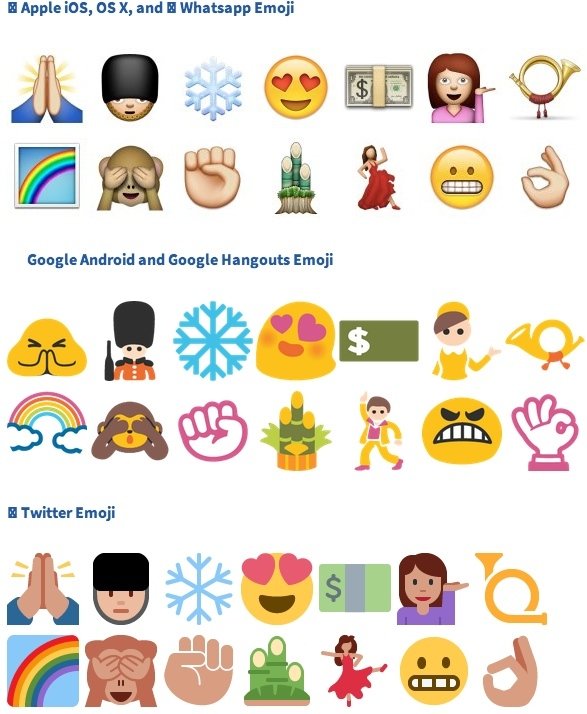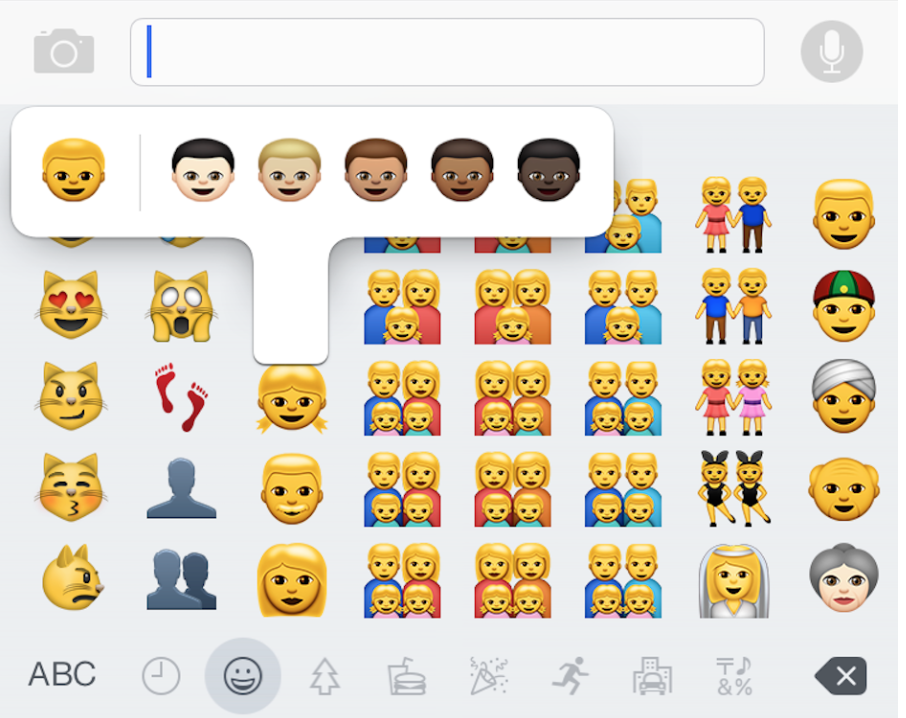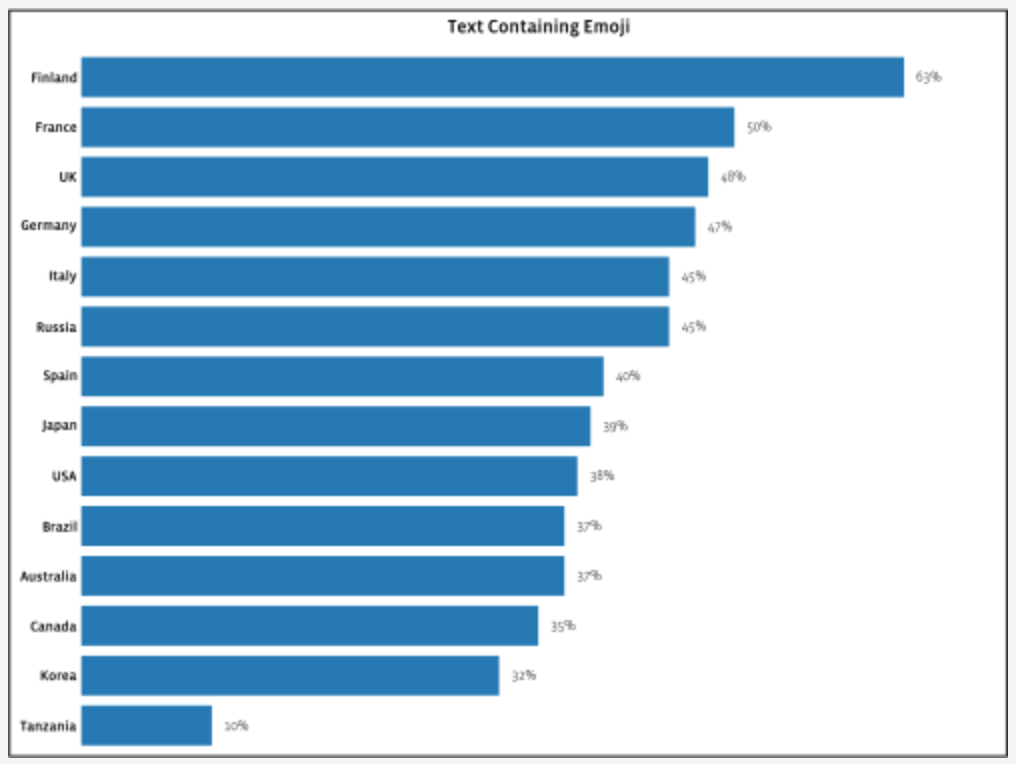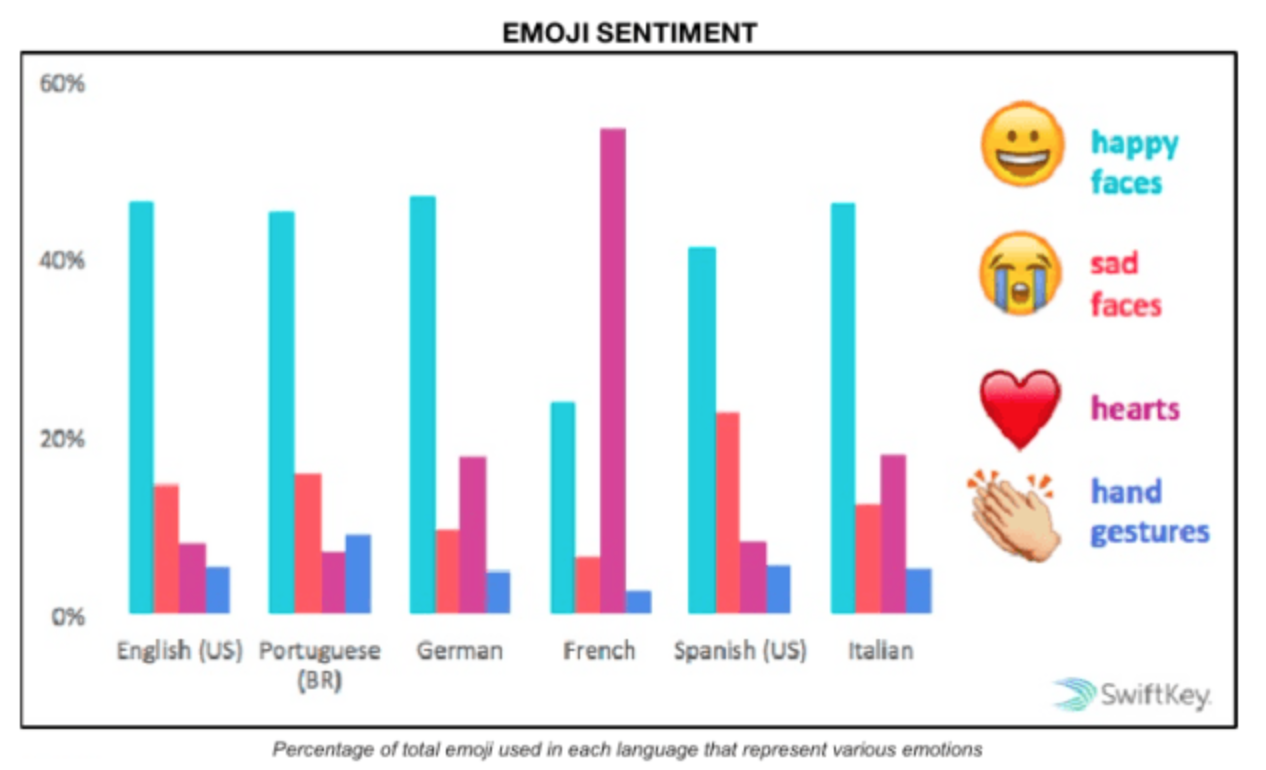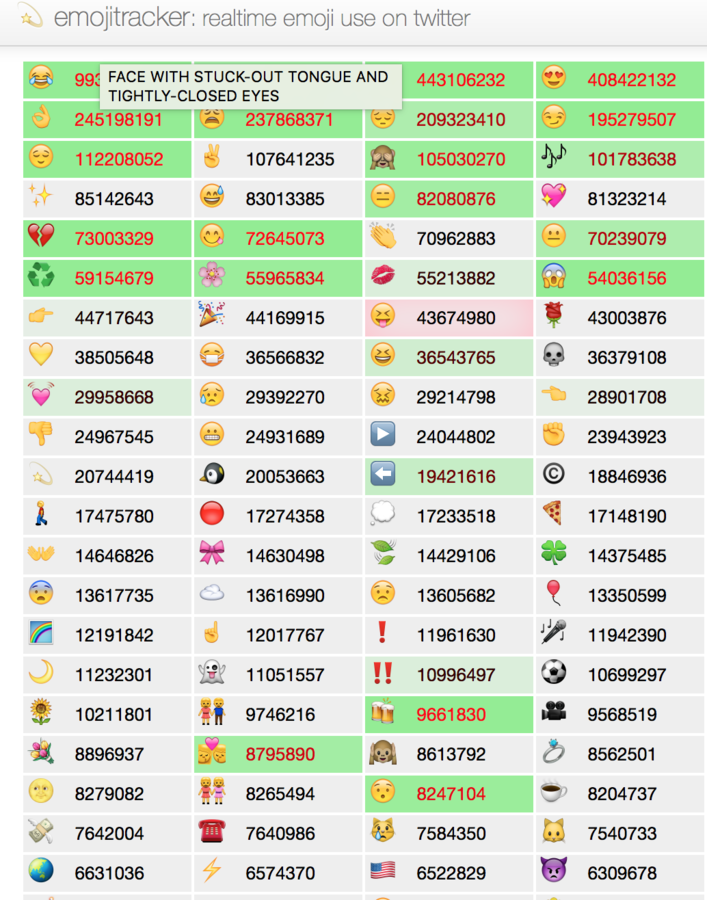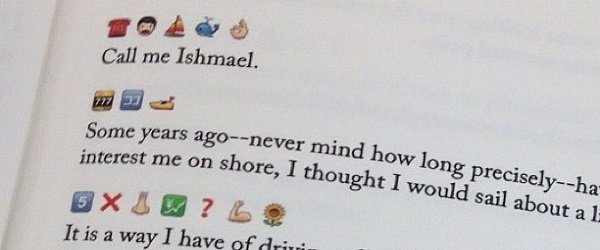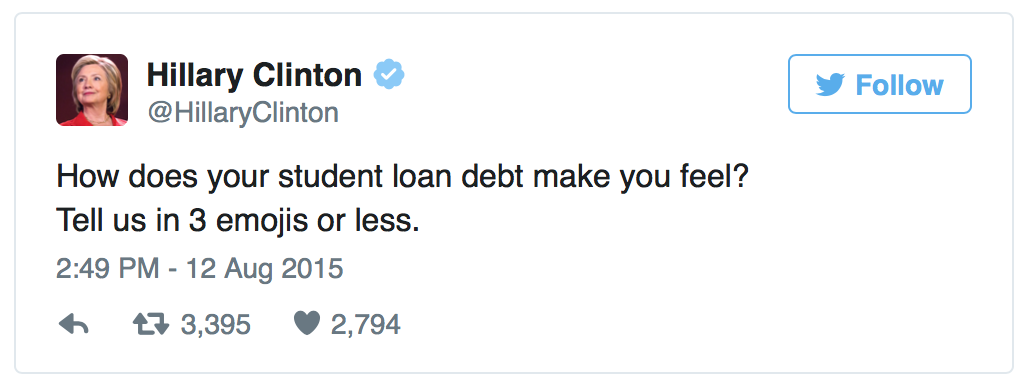Tracing The Emoji
By Walker Wolf Bockley
Tracing The Emoji
For my media project I wanted to broadly examine and analyze the increasing popularization of the emoji. While emojis have their root in Japan in the late 90’s, their most recent incarnation as an integrated part of nearly ever digital platform is a significant development. In 2015, Apple entered the playing field, integrating their own emoji dictionary into users’ keyboards. Google and Microsoft followed suit, while Instagram allowed users to hashtag emojis. Today, 6 billion emojis are sent via mobile messaging applications everyday. Most generally, my media project is an attempt to come to an understanding of emoji phenomena and what it tells us about digital communication today, and more generally the current state of visual media. The proliferation and impact of the emoji is so wide—from add campaigns to memes to political action—this project only hopes to give you a glimpse of the rapidly evolving landscape of the emoji and skim the surface of some of the important conversations. Admittedly, this is just a cursory overview, but at the least I hope it inspires interest and reflection on the evolving role of the emoji.

